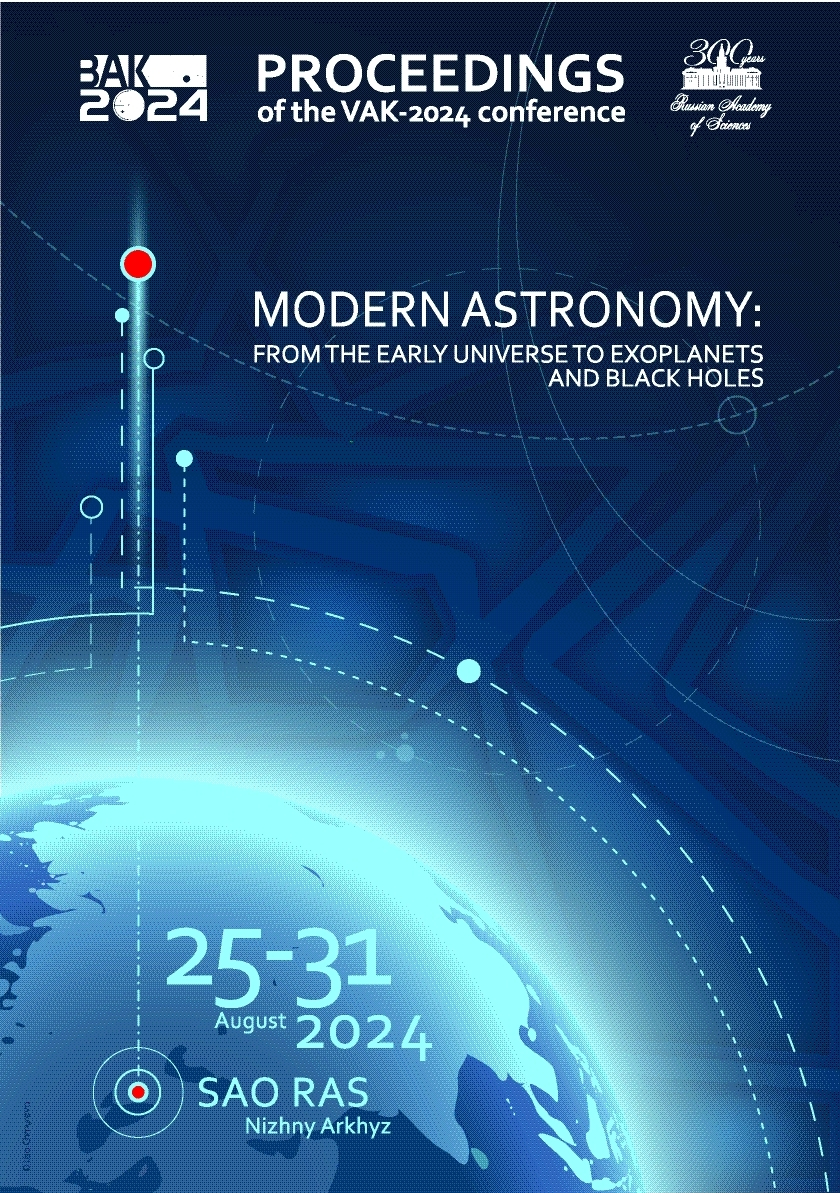UDC 53
UDC 520
UDC 521
UDC 523
UDC 524
UDC 52-1
UDC 52-6
CSCSTI 41.00
CSCSTI 29.35
CSCSTI 29.31
CSCSTI 29.33
CSCSTI 29.27
CSCSTI 29.05
Russian Classification of Professions by Education 03.06.01
Russian Classification of Professions by Education 03.05.01
Russian Classification of Professions by Education 03.04.03
Russian Library and Bibliographic Classification 2
Russian Library and Bibliographic Classification 223
Russian Trade and Bibliographic Classification 614
Russian Trade and Bibliographic Classification 6135
BISAC SCI004000 Astronomy
BISAC SCI005000 Physics / Astrophysics
We present the first results of our work on creating a catalogue of solar flares observed with the Siberian Radioheliograph (SRH). A technique to find possible solar flare events has been developed. This technique is based on the analysis of the derivatives of temporal profiles and allows one to identify the start, peak, and end moments of events of various intensities. We tested this technique using time profiles of solar soft X-ray emission, which is currently the main indicator of solar flares. The results of the testing of the technique has shown good detection of flare events for one-dimensional data. As the SRH is a multi-frequency instrument, the technique has been improved by adding the ability to automatically identify events based on the simultaneous response at different frequencies.The method was tested to detect solar flares observed with the SRH in the 3–24 GHz range. In total, we revealed about 600 events of various importance classes during the summer months of 2023 and about 300 solar flares occurred in May 2024. The developed software allows one not only to reveal the onset and end of a flare but also provides dynamic spectra that can be used for further analysis of the event.
Sun: flares; catalogs
1. Altyntsev A., Lesovoi S., Globa M., et al., 2020, Solar-Terrestrial Physics, 6, p. 30
2. Lesovoi S. and Kobets V., 2017, Solar-Terrestrial Physics, 3, p. 19
3. Lysenko A., Ulanov M., Kuznetsov A., et al., 2022, Astrophysical Journal Supplement Series, 262, p. 32





